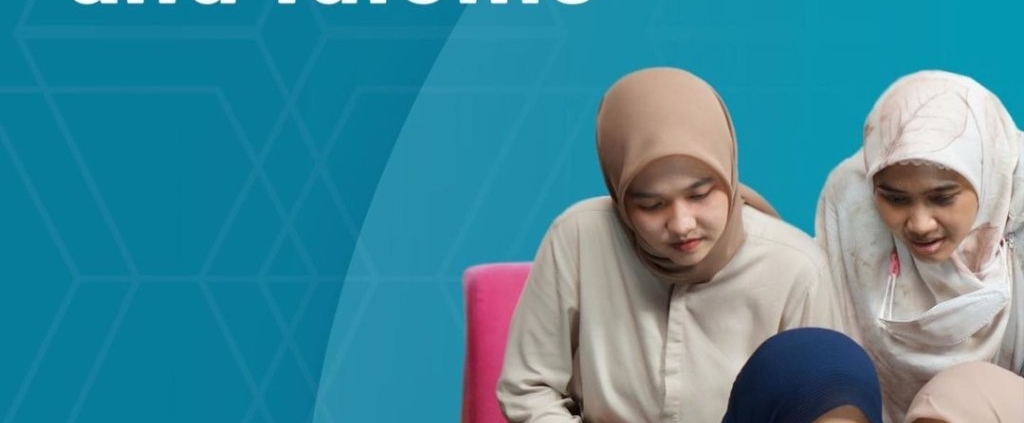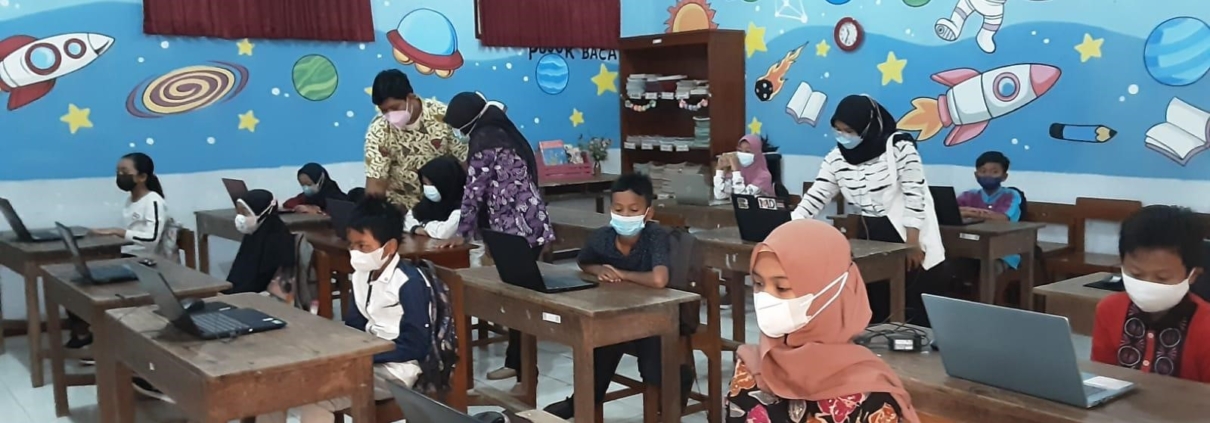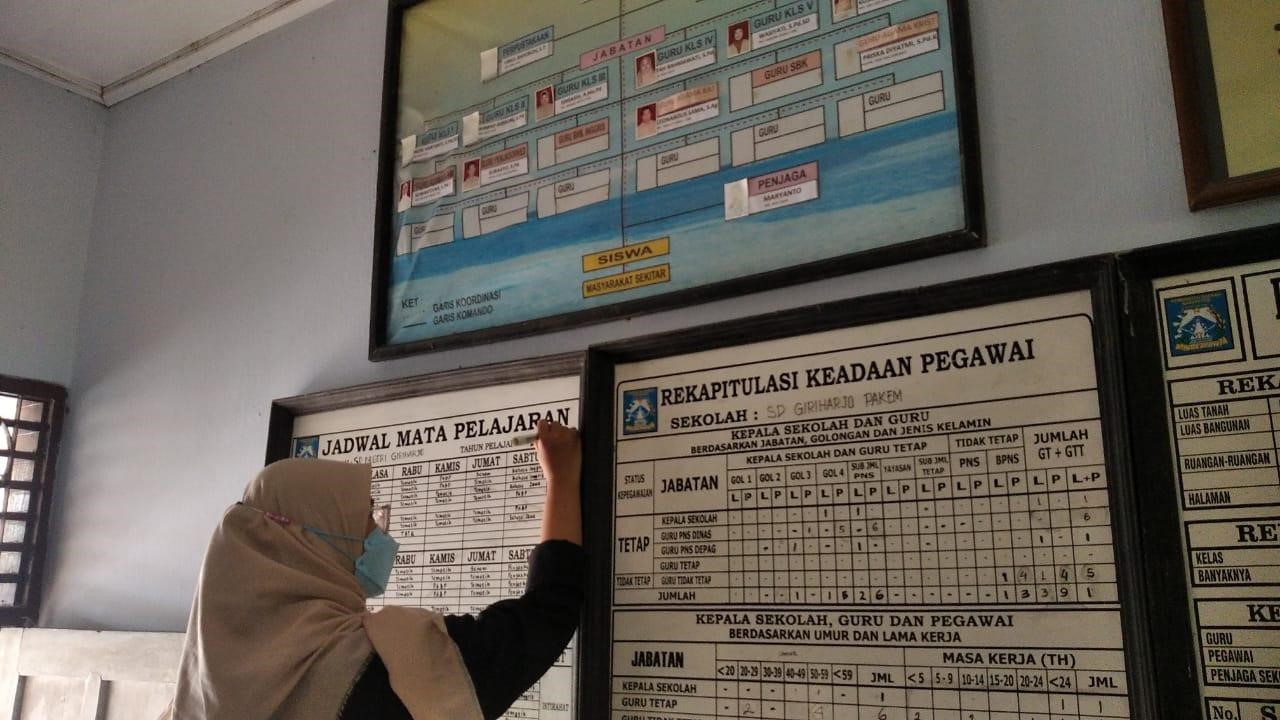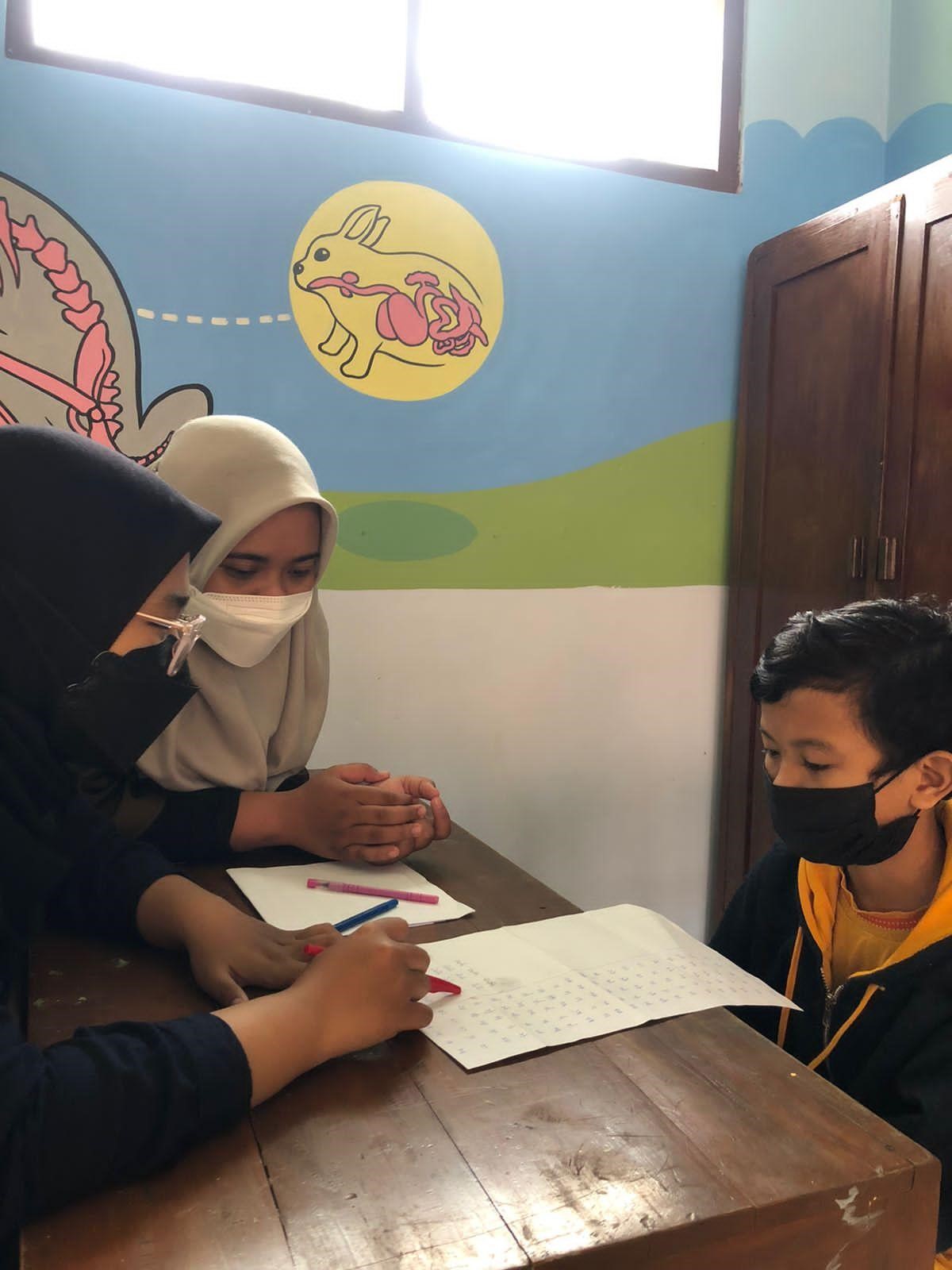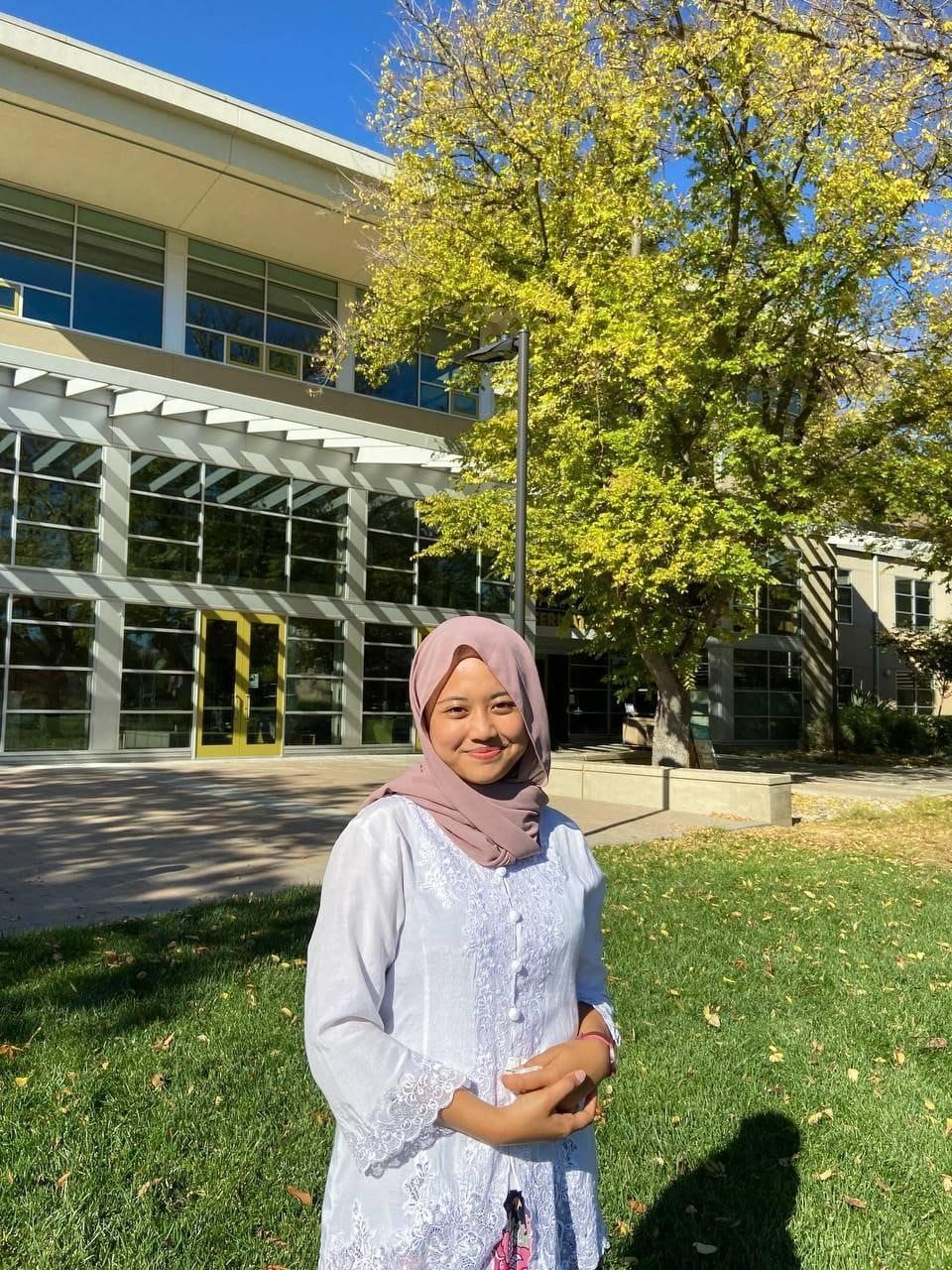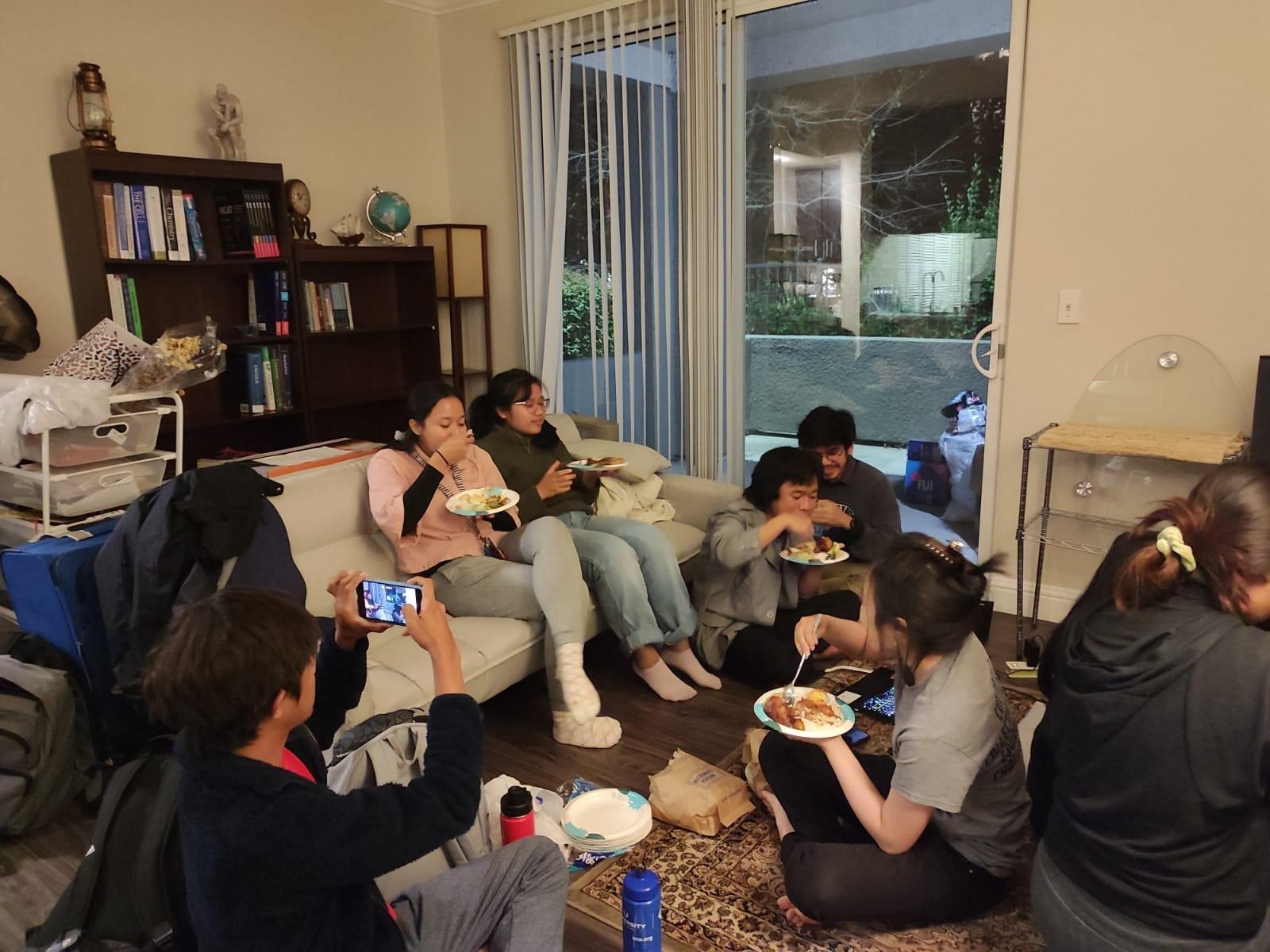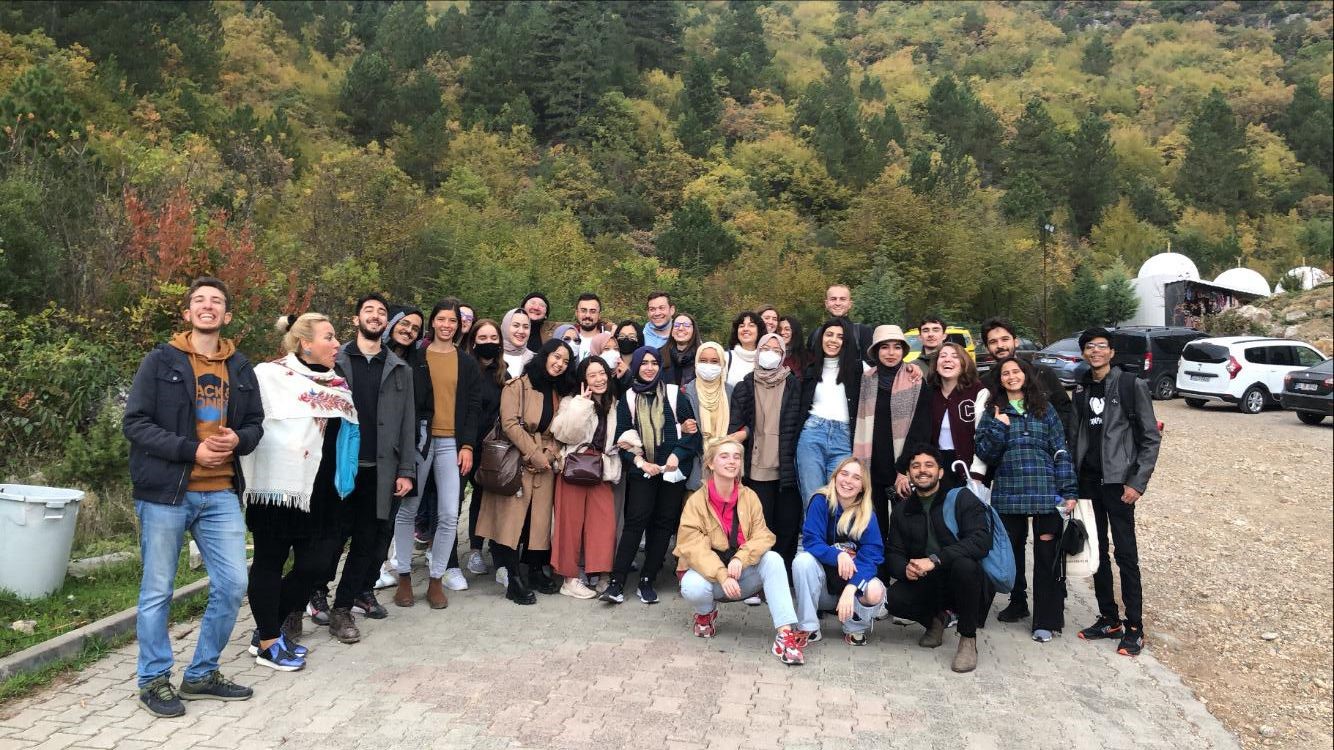Things to Pay Attention to in Cross-Cultural Communication
Communication is an intermediary to build good relationships with other people. However, to achieve the communication goals, we should pay attention to dos and don’ts in communication with people from different socio-cultural backgrounds. It is because something that has a good connotation in our culture does not necessarily have a good meaning in other cultures. Therefore, the following are the things to pay attention to in communicating across cultures.
Privacy
In Indonesia, we usually begin a conversation by asking about personal things such as work, school, family, etc. It is acceptable in some other Asian cultures, but we shouldn’t do it when communicating with people with straightforward cultures like France, the United States, etc.
Another example is that we often post photos of friends to congratulate on social media, and the person mentioned feels the need to repost it. However, taking photos and posting them without the person’s permission can be considered an invasion of privacy for people from more individualistic cultures. In cross-cultural interactions, we should strive to understand the privacy limits of people from other cultures.
Cultural and Political Awareness
“Where are you from?” is a question we often ask to open a conversation. However, when we visit a country with a large number of immigrants, such as the United States, this question can offend Asian descent there. Many of them have lived for a long time and become citizens of the United States. Hence, asking this question seems to doubt their nationality and contains stereotypes.
In addition, talking about political issues from one’s country can offend a person, for example: asking a friend from Taiwan whether Taiwan should be independent or part of the People’s Republic of China; or talking about the relationship between North and South Korea with a South Korean citizen who comes to our event.
Personal Space
Personal space limits how close someone can be around us without causing discomfort. Personal space is usually influenced by culture, the closeness of relationships, age, gender, to religion. For example, Indonesians generally have less personal space due to crowded public areas, such as in public transportation. It doesn’t matter when we enter other people’s personal space; we just apologize, then it will be clear. In contrast to Australians who are used to keeping one arm’s distance when communicating with other people, it depends on how close and good the relationship is.
Another example, British people often give a lot of personal space; they even feel uncomfortable if someone sits or stands close to them when there is other space available. Similarly, Spaniards maintain a distance of about half a meter from each other, but most men are less protective of their personal space, and women are more comfortable with closeness.
Physical Touch
Not all countries have the same culture of physical contact. Some areas consider it something that should be avoided, especially for new people. It is because physical touch is a sign of closeness or depth of affection between one another.
For example, in France, physical touch during communication is legal and is considered affection. However, physical touch is greatly minimized in Japan, unless it is unavoidable in public places.
Gesture and Body Language
We must pay attention to gestures and body language when communicating with others. It could be that the body language that we think is good may not necessarily have the same meaning elsewhere. For example, making a sign by sticking the thumb and forefinger, we usually know as a sign of okay, good, and right. However, this sign can be misunderstood when we use it in Germany. Whereas in Russia and Brazil, this symbol has a bad connotation and is very disrespectful.
Generalizations as in the examples above are used as insights only, do not use them to create stereotypes. The best use of generalizations is to add them into knowledge to understand better and appreciate other fascinating and multifaceted human beings.




